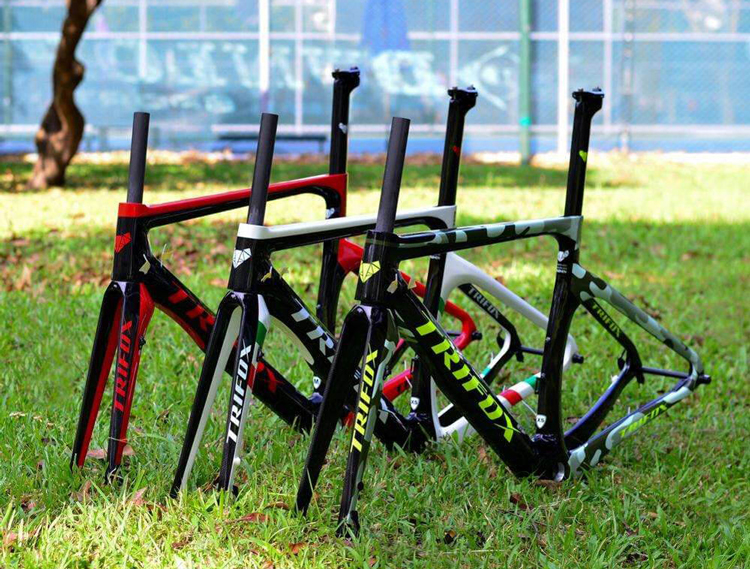The tire is one of the most easily consumed parts of a bicycle. The little friends who buy a bicycle must have a lot of questions: What kind of tire is more suitable? How to pay attention to the maintenance of tires? When should I change the tire?
Today, I will take you to talk about the related knowledge of tires and how to solve these problems. I believe this article will give you a comprehensive understanding of the tires.
Bicycle tire classification
Mountain Bike Tires
There are many subdivisions of mountain bike tires. Here, I will introduce three major categories: Cross-country Tires, bald tires, and semi-bald tires.
Cross-country Tires for off-road use
One of the most common mountain bike tires.
This type has an obvious deep tooth structure, the distance between the tooth patterns is also quite large, the grip ability is good, it will also bring a certain shock-absorbing effect, and the ability to resist sand is also good. It is a more versatile mountain bike tire. Ordinary MTB XC and the road bike are acceptable.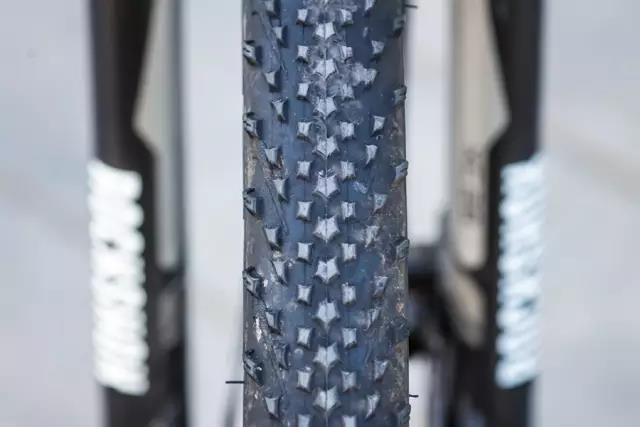
Bald tire
As the name suggests, bald tires have very fine lines, almost similar to road tires. The reason for its birth can also be the imagined-in pursuit of speed. This type of tire has low resistance, can speed up quickly, and can reach the limit of mountain speed.
If you are after speed and most of your cycling roads are urban asphalt roads, bald tires are your best choice. Of course, bald tires have almost no grip and are more prone to crashes.
Semi-bald tire
There is no deep-tooth structure in the middle of the tire, and the cross-country tire structure with an obvious deep-tooth structure on both sides. This has the characteristics of low resistance of bald tires, which is suitable for riding on urban roads and has a good gripping ability. It is also a good choice for in the wild.
If you commute in the city and go off-road on weekends, semi-bald tires are your best choice. (Of course, you can also choose bald tire for front wheel and Cross-Country tire for rear wheel, which will also take into account the two riding conditions.)
Road Bike Tires
There are generally three types of road bike tires, clincher, tubular, and tubeless tires.
Clincher (embedded tire)
It needs to be used together with the inner tube, which is our most common bicycle outer tube. Its function is to bear the load of the vehicle, and at the same time limit the size of the outer edge of the tire, protect the inner tube and tire pressure, and prevent the inner tube from mechanical damage. The advantage is that it is convenient to repair in case of flat tire leaks. Trifox Carbon Road Bike Wheelset WT11 using Clincher Tire.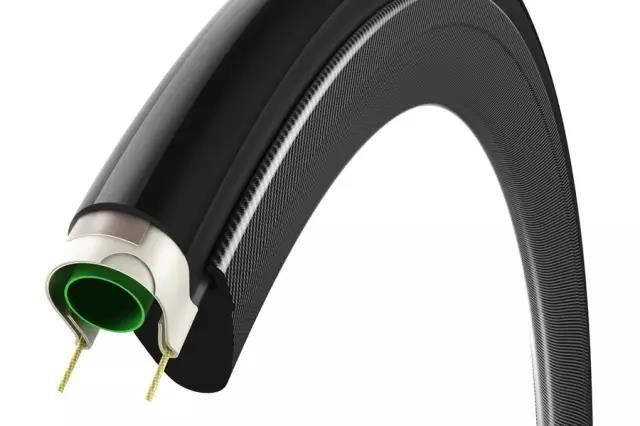
Tubular tire
There is no distinction between the inner tire and the outer tire in the traditional sense. This high-performance outer tire is pasted with a tread on the stitched casing and then glued to the tube tire rim, which needs to be used with a special rim. For general road bike competitions.
Most professional players also use tubular tires, their advantages are:
1. Good turning performance and more comfortable;
2. Excellent shock absorption performance, less chance of single jump and deceleration on rough roads;
3. The maximum inflation pressure is higher than that of a clincher;
4. When encountering a high-speed downhill puncture, the tire will not fall off instantly, which can avoid the accident and allow the driver to continue to move forward and wait for backup;5. The rim of the tube tire is lighter.
Of course, for amateur players, there are many disadvantages:
1. It is troublesome to change tires, whether it is a flat tire or a long-distance ride, you need to change a new tire;
2. Repairing is extremely troublesome, which affects the life span and increases the use cost a lot.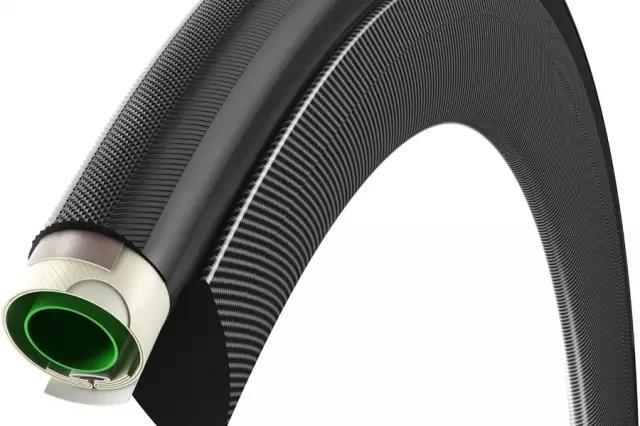
Tubeless tire
Also known as "low-pressure tire" and "pneumatic tire", there is no tube. The assembly of tires and rims is sealed by a special vacuum nozzle filled with sealant or self-refilling fluid. Most wheelsets also need special tubeless tire pads. Since the fit between the rim and the tire must be completely airtight, only certain rims are compatible with vacuum tires.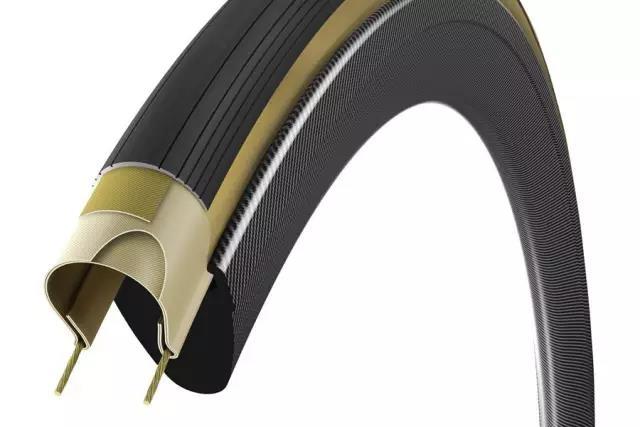
Advantages: low rolling resistance, due to the low tire pressure required, the comfort will be good, and it will self-repair some small perforations.
Disadvantages: It is relatively heavy and difficult to repair when encountering major problems. Low tire pressure also reduces the speed.
Focus on !!!
In fact, with the development of technology, the performance and speed of clincher tires have been greatly improved, and the weight has been reduced. The difference between clincher and tube tires has become smaller and smaller, especially when using latex inner tubes. I Will not feel the difference between the two.
Precautions for daily care and maintenance
1. Pay attention to tire pressure
Inflation should be moderate, under-inflation and over-inflation have many disadvantages. Insufficient inflation causes a flat tire, which increases the riding area, increases the riding resistance, and increases the wear of the tire; if the inflation is too high, if the temperature rises in the summer, the gas expands, and the tire cord is easily expanded. It will shorten the service life.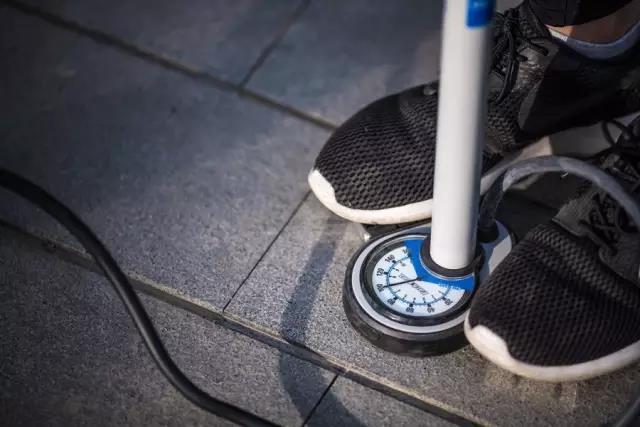
2. Clean the tire
After riding the bike, check whether the tires are mixed with pebbles, broken glass, etc., clean them up in time, rinse with water, and finally wipe them with a dry cloth to prevent grease, hydrocarbons, and corrosive substances from sticking to the tires. Cause the tire to deteriorate, but also to prevent direct sunlight.
Before riding, check again to see if there is any sharp debris such as glass slag on the tires and clean them up in time.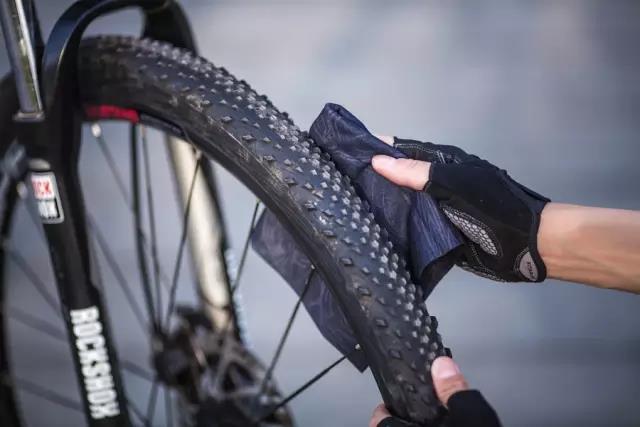
3. Choose road conditions
When riding, choose reasonable road conditions, avoid wastes such as glass slag, and avoid road conditions such as manhole covers and pits.
When should the tires be changed?
1. Wear: Observe the tread and sidewall of the tire. If the tread is flat and square, it must be replaced;
2. Scars: Whether the fabric in the pipe wall has leaked out, if there is, it means that the cut is deep, and it must be replaced as well;
3. Cracks: Observe whether there are cracks or odd-shaped protrusions on the surface of the tire. If there are more, replace them;
4. Riding distance: Generally, if you ride about 5000km, you need to replace a new tire.
































































